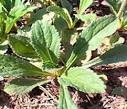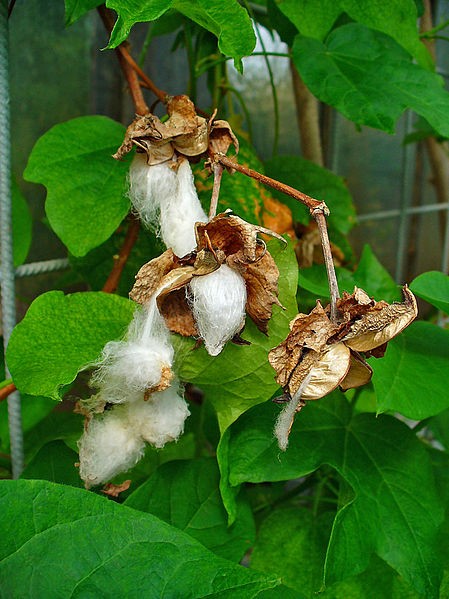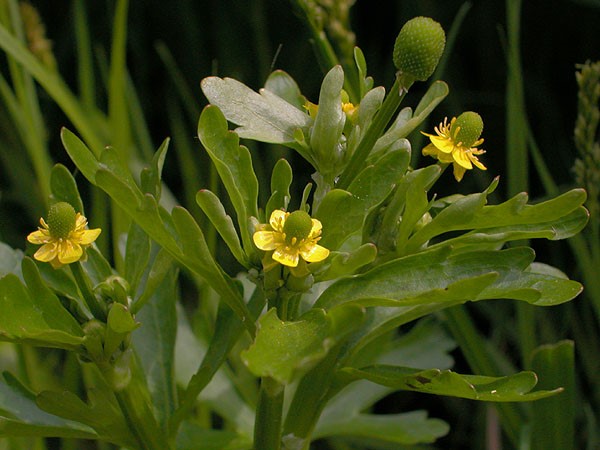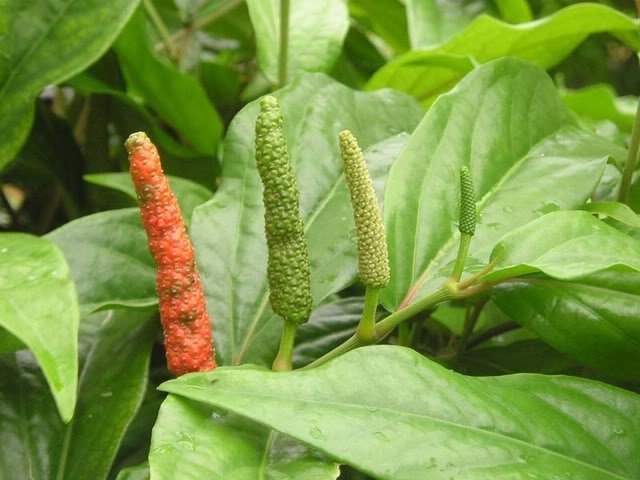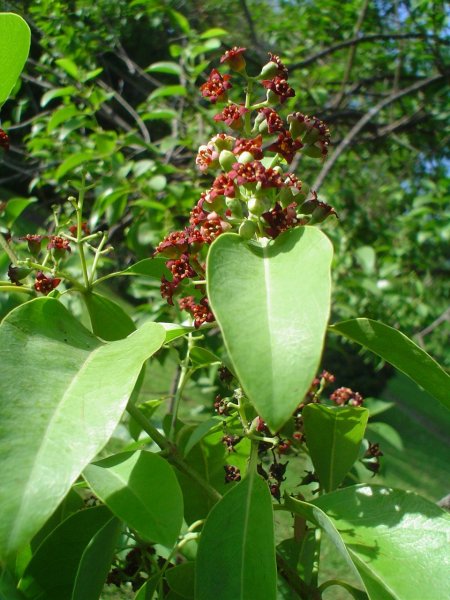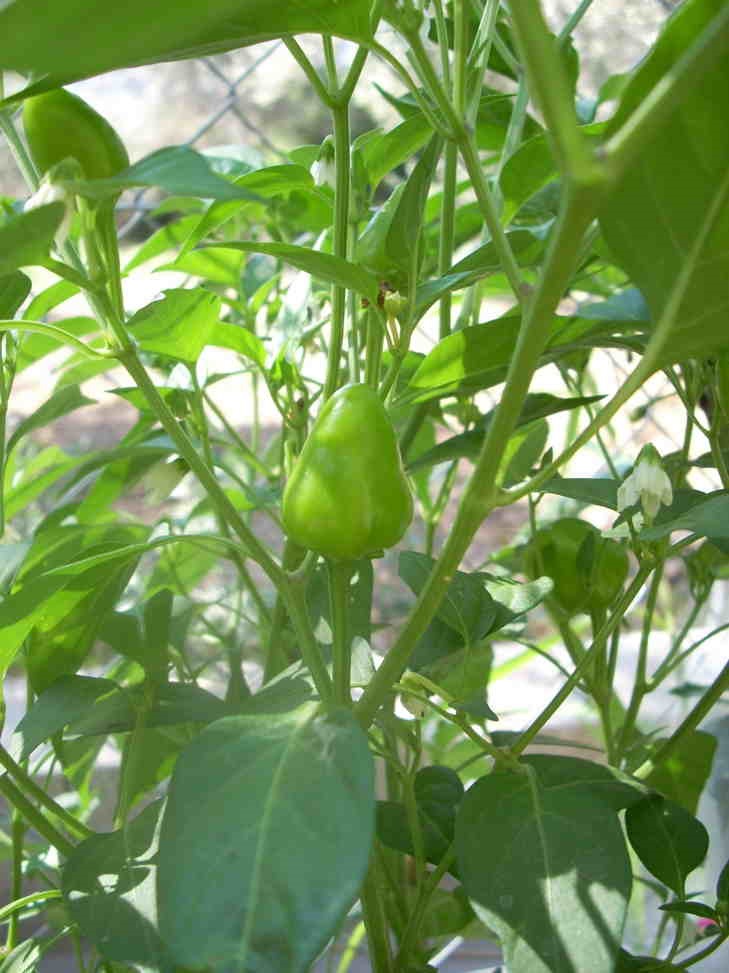Candana(Santalum Album)
INTRODUCTION
Candana is an economic substance which is utilized for external application along with other herbs in Vedic Literature. Candana Mani Dharana (Crystal of Sandal wood) was considered to be Varcasya (Improves Complexion) & Ayusya (Provides Longevity)
As per Charaka it is best for removing the Foetid smell, burning sensation & external application (C.S.SU.25) Since it is Sheethala Veerya other varieties of Candana are traceable from Brhat trayees with various Synonyms. However Sweta & Rakta Candana are mainly described in these texts. But Nighantus such as Raja Nighantu, Dhanwantari Nighantu, Sodhala Nighantu, Nighantu, Bhavaprakasha Nighantu explained many varieties for Candana. Daha prashamana can be considered as its main action. It eliminates Daha by its Seetha Veerya. It reduces pitta so that it can be indicated in Rakthapitta & Rakthastambhaka by Seetha veerya also.
.
LITERARY REVIEW
In Vedic Literature:-
The earliest allusion to this tree found in Niruktha. Later it has been leffond to The Dharmasutras, Grayasutras, Stavasutras. Candana has been used in India from early period & occupies an important place in Hindu cerimonies, Religious & Social. The oil of the wood is a plae yellowish liquid which actas an Internal antisceptic & as an astringent to the mucous surface & is principally used in the treatment of Gonorrhoea.
In Charaka Samhitha:-
It is considered as best for removing the foetid smell & burning sensation & external application (C.S.SU.25) Other varieties of Candana is mentioned in Brhat trayees with various Synonyms.
In Dhanwantari Nighantu:-
The Synonyms of Candana such Gardhasana, Maharha etc are mentioned. The properties distribution & Mukhya Aamayika prayoga is also explained.
In Kaiyadeva Nighantu
The synonyms such as Badrasriya, Malayasa etc are mentioned in Raja Nighantu, Sodala Nighantu, Bhavapraksha Nighantu different varieties of Candana are explained.
VARIETIES
Candana has 2 varieties mainly i.e Swetha & Raktha. Braht trayees also given these two varieties but there are many other varieties as per different Nighantu’s. Charaka quoted two varieties Swetha & Raktha itself. Vagbhatta quoted as ‘Sisiradvaya’. Later Arunadatta commensed these two as Swetha and Raktha.
According to Brhttrayees
- Swetha Candana – Santalum album.Linn.
- Rakta Candana – Pterocarpus sannalinus.Linn
According to Dhanwantari Nighantu
- Candana – Santalum album.Linn
- Rakta candana – Pterocarpus santalinum.Linn
- Kucandana – Caesalpinia sappan.Roxb
- Kaliyaka
- Barbarika
According to Sodhala Nighantu
- Gosirsa
- Sripriya
- Sambhrana
- Kukubha
- Barbarika
- Rakta candana
- Patanga
- Hari candana
According to Kaiyadeva Nighantu
- Candana – Santalum album.Linn
- Rakta candana – Pterocarpus santalinus.Linn
- Pita candana
- Kairata candana
- Barbara candana
- Hari candana – Syzigium aromaticum.Linn
According to Bhava Prakasa
- Candana – Santalum album.Linn
- Rakta candana – Pterocarpus santalinum.Linn
- Kaliyaka
- Kucandana – Caesalpinia sappan.Roxb
According to Raja Nighantu
- Candana – Santalum album.Linn
- Rakta candana – Pterocarpus santalinum.Linn
- Patanga – Caesalpinia sappan.Roxb
- Kaliyaka
- Barbarika
- Haricandana – Syzigium aromaticum
According to Kaiyadeva Nighantu, Candana from Malaya Desa is best, Yavana Desa has moderate venity & that from Barbara, Pancala are considered as inferior quality.
SYNONYMS AND THEIR INTERPRETATION
- Gandhasara – its Sapwood possess excellent aroma.
- Sheetahal – It provide pleasure because of its aroma & cooling.
- Bhadrasri – Its application on body does not cause any Side effects.
- Malayasa – It’s abundantly grown on Malaya Mountains.
- Srikanda – It’s considered as part of beauty on beauty goddess.
- Swethacandana – This sandalwood is white compared to red sandal
- Chandradyathi – It gives pleasure like the moonlights
- Gandharajam – Good fragrance.
- Sarpavasam – Place where Snakes reside.
- Tila pannakam – Leaves resembles leaves of sesam.
- Sisira – Cold to touch.
- Himam – Cold in touch.
- Gandhasaram – its heartwood is aromatic in nature.
- Mangalyam – It is used in auspicious ceremonies.
- Sugantha – Sweet Scented.
- Gandhadyam – Aromatic in nature
- Gosiram – It is useful in auspicious matter.
- Badra – It does not cause any side effects.
- Nripaboga – Used even by Kings.
- Malayodbasa – It is origined from Malaya region.
- Pavana – It is cold to touch.
- Malayam – Obtained from Malaya region.
- Sirachandanam – It is white in colour.
- Susrekam – It is useful in auspicious matter.
- Maleyam – Obtained from Malaya.
- Indukandam It is cold like moon.
VERNACULAR NAMES
English:Sandal tree, White Sandal tree
Hindi:Safed chandan, Santal
Kannada:Bavanna, Srigandadamara, Agarugandha
Malayalam: Chandana
Sanskrit:Chandana
Tamil:Chandana
Telugu:Chandanamu, Gandhapucekka, Srigandapumanu
Bengali: Chandan
Guajarati: Sukhada
Arabic: Sandale abaya
Persian: Sandale safed
French: Sandal blare
German: Weisser santelbaum Hind
Punjabi: Safed chandan
Urudu: Sandal safed
PARTS USED
- Kanta Sara (Heart wood)
- Thaila (Volatile Oil)
CHEMICAL COMPOSITION
Sandalwood Oil
α – Santald, β – Sntene & Santalenes
Santenol, teresantlol, non – tricycloekosantalal, 1 – Santeone, Santanone, tetra santalic acid. α – & β Santantalic acids
Other parts
Santalic acid, n – ocacosanol, plamitone etc.
PHYTOCHEMICAL STUDY
The precursors of Sandal oil do exists in the sapwood in combination with organic acid as easters which get easily hydrolysed to yield santatol, which constitute the main constituent of essential oil. The essential oil of sandal wood is distilled from small chips & raspings of the heartwood the tree. Roots are also used & they are considered to yield larger& finer quality oil. Oil is extremely viscid of a light yellow colour &possesses a characteristic roseate & penetrating ordour & bitterish slightly acid taste. Heartwood contains Volatile oil 2.5 – 6% dark resin & tannic acid. Oleum Santali obtained wood is Soluble in alcohol. Β – santalic, tetra sariatic, homricycloekasamalic, bycycloekasamalic & dihydro – β –santalic acids are detected in Sandal wood oil. Urs – 1z-en-3β-y1 palmitate & β sitosterol isolated from bark, epi – β- santalol, isolated & its structure determined, partial synthesis of betasantalol, beta santalol synthesized, isolation of trans – β – santalol & epi – sis – santalol, from Indian Sandalwood Oil.
PROPERTIES AND DOSHAGNATHA
Rasa: – Tiktha, madhura
Guna: -Laghu, Rooksha
Veerya: -Sheetha
Vipaka: – Katu.
Dosha Karma: -Kapha – pittahara, Pittagna by Tikta & Sita, Kaphagna by Laghu & Rooksha guna.
KARMA
| Dh.Ni |
Kai.Ni |
Bha.Pra |
Raja.Ni |
| Pitta Shamaka |
Pittahara |
Hladana |
Vrishya |
| Rakthaprasadana |
Vatahara |
Sramahara |
Jwaragna |
| Vrshya |
Hrdya |
Vishagna |
Kustagna |
| Rakthapittagna |
Hladanam |
Kaphagna |
Jwaragna |
| Vishagna |
Varnya |
Rakthapittagna |
Kantikaraka |
| Krimigna |
Vishagna |
|
Kaphahara |
| |
Kaphahara |
|
Kantugna |
PRAYOGA
| Dh.Ni |
Kai.Ni |
Bha.Ni |
Ra.Ni |
Charaka |
Susrutha |
| Rakthapitta |
Trshna |
Srama |
Chardi |
Daha |
Prameha |
| Antardaha |
Daha |
Sosa |
Jwara |
Trshna |
Visha |
| Trishna |
Raktapitta |
Visha |
Krimi |
Rakthapitta |
Rudana |
| Daha |
Klama |
Trshna |
Sanrupa |
Prameha |
|
| Krimi |
Sosa |
Rakthapitta |
Vakthraruja |
Gurganda |
|
| |
Granthi |
Daha |
Bramshi |
Chardi |
|
| |
Kota |
Granthi |
Kota |
Visphota |
|
| |
Kharpana |
Kota |
Kharpana |
Sosha |
|
| |
Sotha |
Vyanga |
Granthi |
Rajayakshma |
|
| |
Visha |
Chardi |
Gourava |
Visarpa |
|
| |
Murnughutha |
Netraroga |
Kheena |
Vrna |
|
| |
|
Jwara |
|
Jwara |
|
| |
|
Vrna |
|
Hrdroga |
|
| |
|
Visha |
|
Athisara |
|
| |
|
Masoorika |
|
Netraroga |
|
| |
|
|
|
Grahani |
|
| |
|
|
|
Raktharsas |
|
PHARMACO – THERAPEUTIC USES
Intake of Chandana along with Sugar & honey & rice water as an Anupana one become free from Daha, Trshna, Prameha (C.S.CI 19/86, A.H.CI 9/92)
Usira, Kaliyaka etc separately mixed with equal quantity of Chandana & Sugar & taken along with rice water (C.S CI 4/73).
Kutaja Kwatha mixed with Shunti checks bleeding from Piles (C.S.CI 14/185).
Chandana taken along with Juice of Amlaka (C.S CI 20/32)
Chandandya ghrtha(C.S CI 152/28)
Chandanadi Kwatha in Pittaja jwara (S.S CI 5/8)
One should take Chandana mixed with Sugar along with rice water keeping on diet of boiled cooled milk & cereals (V.M 33/10)
Sukrameha – Arjuna Kwatha & Chandana Kwatha (S.S CI 11/9), Manjishtameha – Kwatha of Manjishta & Chandana(S.S CI 11/9)
Application of Paste of Chandana on Cardiac region (S.S KA 1/36)
Juice of Masura palandu & Chandana mixed with breast milk as Snuff (CS CI 131)
Chandana Kwatha (SS SU 2/14)
The Juice of Hilamochika mixed with paste of Chandana at the initial stages(B.P CI 60/35).
RECENT RESEARCH STUDIES
Australian Research on Santalum album began in 1983 in ORIA with Some 150 trees being planted. Plantings have steadily increased in recent years. Results of Preliminary plantings were sufficiently encouraging for the department of Conservation & hand management (CALM) to appoint a full time research officer in 1992 to work on the Sandal Wood pryaram Current research is examining the rate of growth of heartwood & Charges in Oil content overtime to determine the Optimum time to harvest the crop.
MATRA
- Powder: 3 – 6g
- Oil: 5 – 20drops
FORMULATIONS
| Name |
Indications |
Reference |
| Chandanadi Lepa |
Visphota
Visha
Madatyaya |
Cha.visyapachi 56-58
Su.Ka 1/36
Cha.chi 24 |
| Chandanadi Taila |
Sotha
Rajyakshma
Jwara |
Cha.chi 12
Ch.chi 8
Cha chi 3 |
| Chandanadi choorna |
Nabhipaka |
Bha.pra.chi 79 |
| Chandana Kashaya |
Prameha
Visarpa
Ushnavata
Pradara |
Su chi 22
Cha chi 21
Vrnda madhava 33
Su sa 2 |
| Chandana Kalka |
Masoorika
Chardi
Arshas |
Bha.p chi 60
Cha.chi 20
Cha chi 14 |
| Maha chandanadi tailam |
Tathivardhanarina |
Bha.pra 72 |
| Chandanadi Gritham |
Sotha
Grahani |
Cha chi 12
Cha chi 15 |
| Sudarshana Choorna |
Jwara, Kamala, Pliha Vridhi |
Bhai.ra.Jwarathikara |
| Chandanavalehya |
Pittaja Chardi |
Sharangadhara |
| Pippalyasava |
Kshaya, Gulma, Grahani, Pandu |
Sharangadhara |
| Shadangapaneeya |
Jwara |
Bhavaprakasha |

